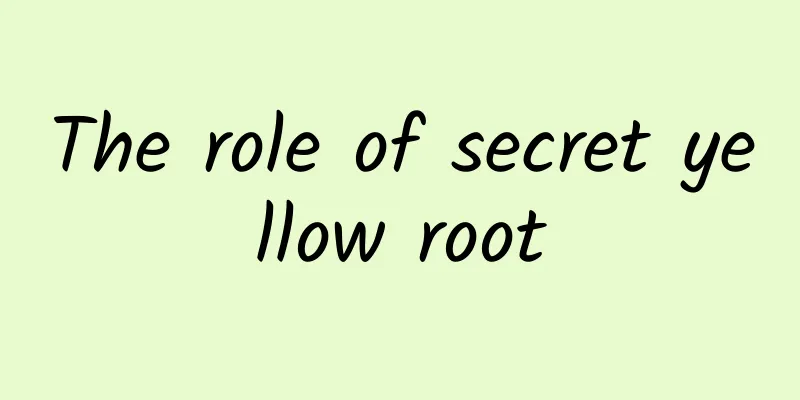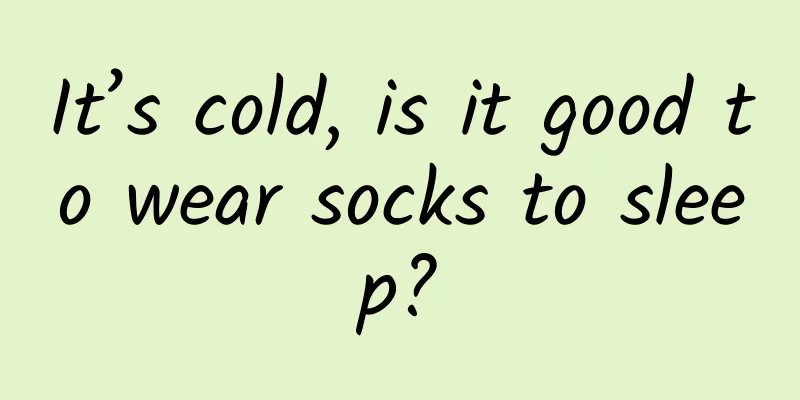The role of secret yellow root

|
The root of Mihuang is produced in the remote pristine forest areas of Changbai Mountain and Daxinganling. The influence of climate and geographical environment leads to the uniqueness of the root of Mihuang. After local farmers pick the secret yellow root in the deep mountains and old forests, they need to dry it in the sun for several days because it contains a lot of water. The functions of the yellow root are: dispersing blood, activating blood circulation and removing blood stasis, clearing away heat, removing dampness and relieving jaundice, dispersing blood stasis and strengthening muscles and bones. Identification of yellow root: 1. The root is cylindrical, often irregularly twisted, with branches, or cut into irregular pieces, varying in length, thickness, and diameter of 0.5-4cm. 2. The surface is yellow-brown with longitudinal folds and some with longitudinal cracks. The cork bark falls off easily, and the fallen part appears ochre red. It is hard and not easy to break. The cortex in cross section is very thin and yellow-brown. The wood is relatively prosperous and light yellow with delicate concentric ring patterns and radial textures. 3. Slight odor and light taste. The ones with thick and light yellow roots are preferred. Common problems with medication: 1. When taking Chinese herbal medicines to clear internal heat, it is not advisable to take hot foods such as onions, garlic, white pepper, beef, mutton, and beef; when taking Chinese herbal medicines to treat "cold syndrome", cold foods should be avoided. When taking this kind of treatment medicine, if you eat taboo foods, the effect will be sluggish or even counterproductive. 2. Do not eat radish while taking Chinese herbal medicines, because radish has the effects of promoting digestion and breaking up gas. Especially when taking health-preserving and dietary therapeutic Chinese herbal medicines such as wild ginseng, eating radish will not only reduce the expected effect of the tonic, but may also affect the tonic effect of the therapeutic drugs. 3. Do not drink strong tea when taking Chinese herbal medicines, because tea contains tannins. If taken together with Chinese herbal medicines, it will affect the body's digestion of the ingredients in the Chinese herbal medicines and reduce the effect. 4. Patients with digestive tract diseases such as hepatitis and chronic gastroenteritis should never eat garlic while taking spleen and stomach nourishing, stomach warming and stomach pain medicines. Because garlic contains allicin, which can irritate the gastrointestinal mucosa, the Chinese herbal medicines taken cannot effectively and fully exert their therapeutic effects. |
<<: Effects and eating methods of palm ginseng
>>: Effects and functions of plough grass
Recommend
The efficacy and function of deer blood
I don’t know if you are familiar with deer blood ...
Poisonous side effects of larvae
Pigweed is distributed throughout the country in ...
Can gout patients take Panax notoginseng powder?
Gout is a very harmful disease that is not only c...
The efficacy and function of Qilin Delphinium
Qilin Delphinium is a very common Chinese medicin...
Spring Festival travel rush in progress | What can the security staff see when you go through security check? What should you do if there is radiation?
Audit expert: Meng Meng Associate Researcher, Ins...
Be careful if you have these items at home! They can cause serious injuries!
Source: Dr. Curious...
The efficacy and function of matcha leaves
Everyone knows about the matcha leaf and that Chi...
The little things you ignore on the road cause more than 8,000 deaths every year
An eMule is indispensable on the road to success ...
Giant Panda: Why are they still fat even though they have “diet meals” every day?
For humans, a "high-fiber, low-fat" die...
The efficacy and function of betel nut
The efficacy and function of the Chinese medicina...
What are the medicinal values of Citrus aurantium
Citrus aurantium is a very traditional Chinese me...
The efficacy and function of aloe vera leaves
Aloe vera leaf is a commonly used medicinal mater...
Who says cats have no expressions? Humans have even designed a "Cat Expression Scale" specifically for them!
Leviathan Press: The reason why recognizing cat&#...
Hiss! Burned by the hot pack again? We did an experiment to reveal the truth about the burns caused by the hot pack!
Every winter, we always see a lot of news about p...
The efficacy and function of Xianmai Luosan
Many people choose Xianmai Luosan because of its ...









